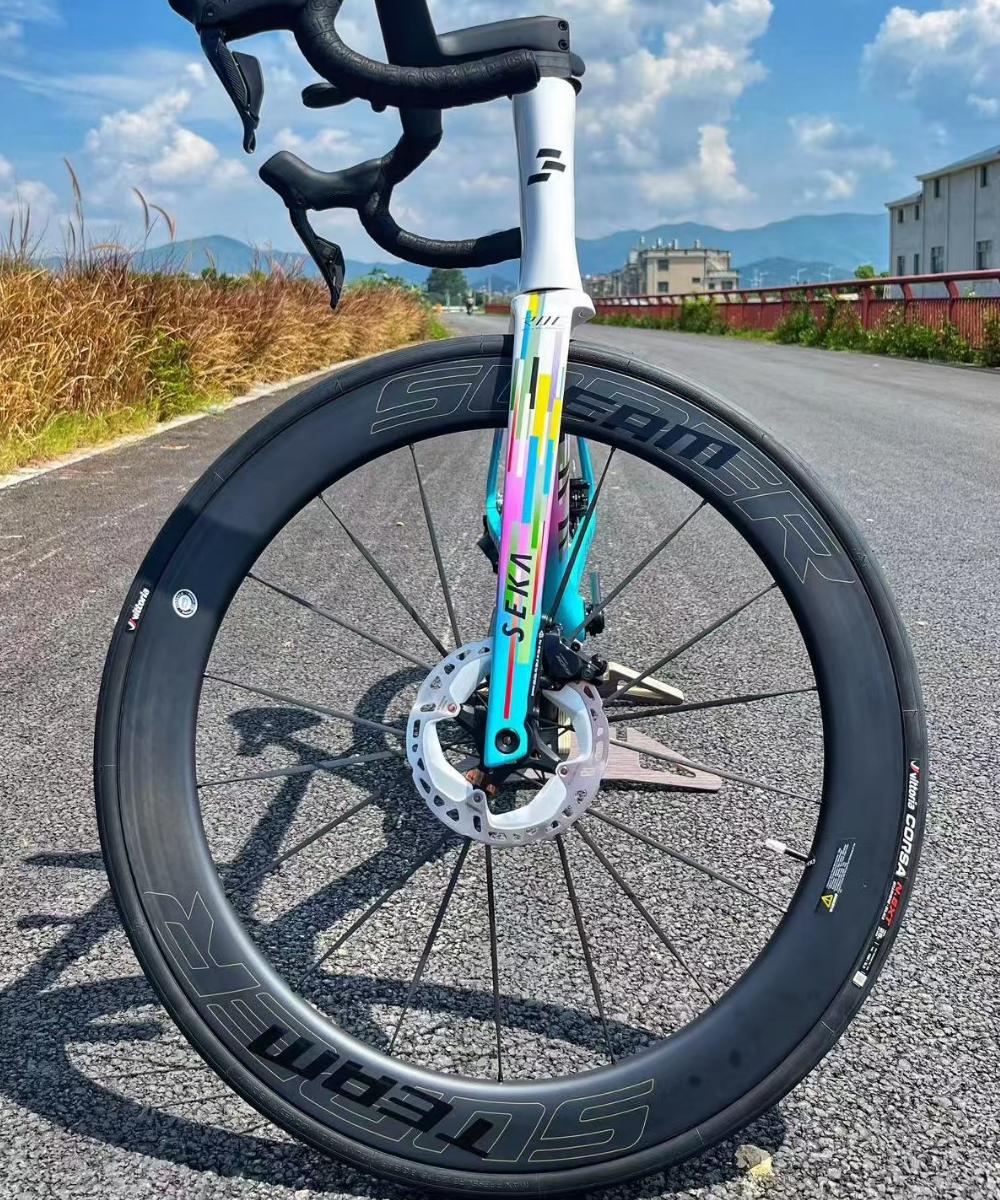The Role of Spoke Elongation in Wheelset Fatigue and Performance
Spokes are the unsung heroes of your wheelset, connecting the hub to the rim and maintaining structural integrity under load. While most riders focus on spoke count or material, one critical mechanical factor often overlooked is spoke elongation—how much a spoke stretches under tension. This small but measurable change in length can have a major impact on wheel fatigue, stiffness, and long-term performance.
In this article, we explore what spoke elongation is, how it relates to fatigue life, and what riders and wheel builders should consider when selecting spokes for optimal performance.
What Is Spoke Elongation?
Spoke elongation refers to the slight lengthening of a spoke when it is under tension. When a wheel is built, spokes are pre-tensioned to create a balanced, stable structure. Under riding loads—climbing, sprinting, or hitting bumps—these spokes experience fluctuating forces, causing them to stretch and contract minutely.
While elongation is normal, its magnitude and consistency are crucial for maintaining:
Wheel tension balance
Lateral and radial stiffness
Fatigue resistance over time
How Elongation Affects Wheel Performance
1. Tension Stability
Spokes that elongate too easily (i.e., are too elastic) can lead to fluctuating tensions under load. This results in a “spongy” ride feel, especially during hard efforts, and can reduce power transfer.
On the other hand, spokes that are too stiff might not flex enough to absorb road shock, transferring more stress to the rim and nipples.
⚖️ Balance matters: Ideal spoke elongation allows the wheel to maintain shape under stress while also absorbing dynamic forces.
2. Fatigue and Durability
Every time a wheel rotates under a rider’s weight, spoke tension cycles up and down. Over time, this can create metal fatigue, especially in areas of high stress like the elbow (J-bend) or thread interface.
Spokes with controlled elongation distribute stress more evenly and reduce peak load points.
Stiffer spokes may concentrate stress, increasing the likelihood of fatigue cracks, especially if wheel tension is not well-balanced.
3. Ride Quality
Spoke elongation also affects vertical compliance—how forgiving your wheel feels on rough roads. Too little elongation and the wheel feels harsh; too much, and it becomes wobbly under load.
The right amount of elongation contributes to a smooth yet responsive ride, critical for endurance and gravel riders.
Materials and Elongation Behavior
|
Spoke Material |
Elongation Characteristics |
Notes |
|
Stainless Steel |
Moderate, linear stretch |
Most common, predictable under tension |
|
Titanium |
Higher elongation |
Softer ride feel, better fatigue resistance |
|
Carbon Fiber |
Minimal elongation |
Very stiff, but may lead to a harsh ride or stress fractures if not designed carefully. |
|
Aluminum |
Moderate, but poor fatigue resistance |
Less common due to cracking over time |
How Builders Manage Spoke Elongation
Professional wheel builders account for elongation when calculating spoke lengths and tension targets:
Pre-stretching spokes during building can reduce early tension loss.
Measuring spoke tension balance across the wheel ensures elongation is occurring uniformly.
Builders may choose different spoke gauges (thickness) to control elongation, such as double-butted spokes that flex in the middle but remain stiff at the ends.
When Elongation Becomes a Problem
Signs of issues related to spoke elongation or improper tension:
Frequent spoke breakage at the elbow or thread
Persistent spoke loosening after rides
A "soft" or "rubbery" feel during climbs or sprints
Uneven spoke tension measured with a tension meter
If you experience these symptoms, it may be worth consulting a professional wheel builder or shop to assess spoke fatigue and tension balance.
Conclusion: Elongation Is Key to Long-Term Performance
Spoke elongation isn’t just a mechanical curiosity—it’s a vital factor in wheel strength, fatigue life, and ride quality. Understanding how your spokes behave under load can help you:
Choose the right spokes for your riding style
Build or buy wheels with better durability and responsiveness
Maintain performance over thousands of kilometers
Whether you're a competitive racer or a weekend gravel explorer, paying attention to the subtle role of elongation can help you get the most out of every spoke—and every ride.




